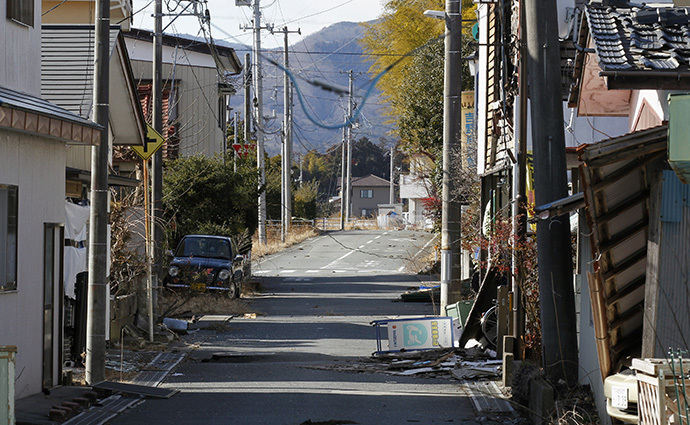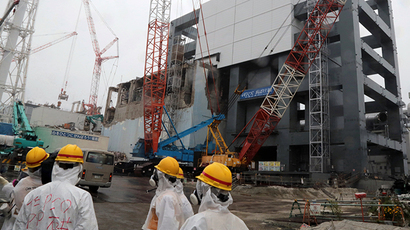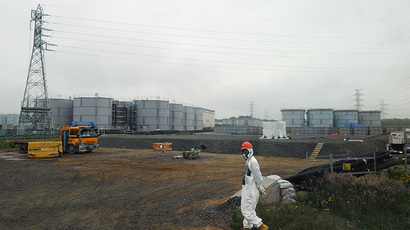Clean-up doubts: Many Fukushima evacuees may never return home
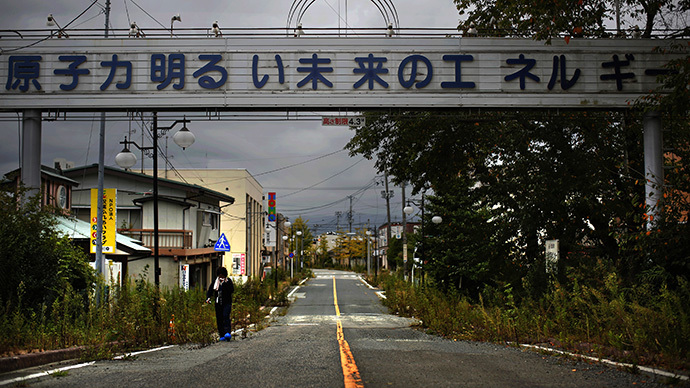
Many of the people who were forced to evacuate after the 2011 triple meltdown at the Fukushima nuclear power plant may never return, Japanese lawmakers admitted, overturning initial optimistic government pledges.
A call to admit the grim
reality and step back from the ambitious Fukushima
decontamination goals came from Prime Minister Shinzo Abe's
coalition parties. Japan has so far spent $30 billion on the
clean-up program, which has proven to be more difficult to carry
out than initially expected.
The new plan would be for the government to fund relocation to new homes for those who used to live in the most contaminated areas.
"There will come a time when someone has to say, 'You won't be able to live here anymore, but we will make up for it'," Shigeru Ishiba, the secretary General of Abe’s Liberal Democrat party said in a speech earlier this month.
On Tuesday, evacuees reacted with anger at the government's admission.
"Politicians should have specified a long time ago the areas where evacuees will not be able to return, and presented plans to help them rebuild their lives elsewhere," Toshitaka Kakinuma, a 71-year-old evacuee, told the Asahi Shimbun newspaper.
Some 160,000 people escaped the vicinity of Fukushima Daiichi,
when a powerful earthquake and tsunami transformed the plant into
the world’s worst nuclear disaster since Chernobyl. About a third
of them are still living in temporary housing. They were promised
that this would not last for longer than 3 years.
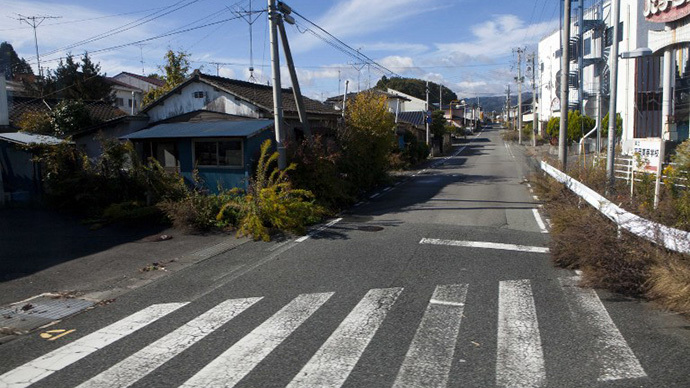
In August the death toll among the evacuees surpassed the threshold of 1,599 lives, which is how many people in the prefecture were killed by the disaster itself. The displaced residents are suffering from health problems, alcoholism and high rates of suicide.
The Ministry of Environment wanted to decontaminate 11 townships in the affected area, bringing the average annual radiation dose to 20 millisieverts, a level deemed safe by the International Centre for Radiological Protection. It further pledged to pursue a long-term goal reducing it to 1 millisievert per year.
The clean-up, however, has been marred by delays and reports that workers sometimes simply dumped contaminated waste rather than collect it for safe storage, causing the environment ministry push back the deadline. There are also calls on the government to abandon the more ambitious dose target, arguing that it is unrealistic.
Some evacuees said they wouldn’t return even after the first phase of the cleanup, saying the dose of 20 millisieverts per year still poses health risks.
"No matter how much they decontaminate I'm not going back because I have children and it is my responsibility to protect them," Yumi Ide, a mother of two teenage boys, told Reuters.
The fear of radiation has soared in Japan in the wake of the Fukushima disaster, with rallies against the use of nuclear power scoring record attendance. The government shut down all 50 remaining Japanese reactors for safety checks, and there is strong pressure to keep them offline.
The Japanese government is reportedly seeking to borrow an extra $30 billion for the
Fukushima cleanup and compensations, which would raise the total
cost of the disaster response to $80 billion. The figure does not
include the cost of decommissioning reactors to be carried out by
the plant operator, Tepco. The company recently complained about
the huge expense of the process, which may last at least 30
years.
